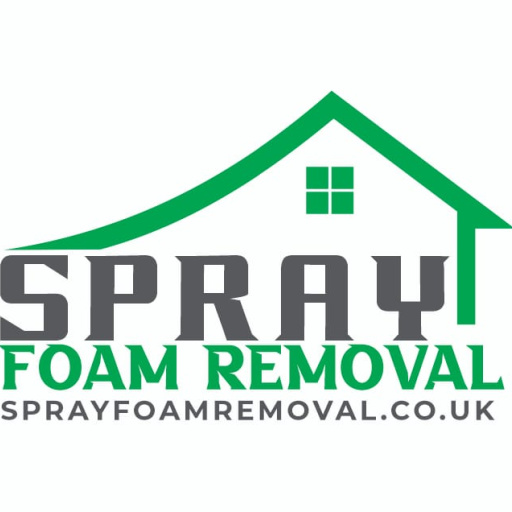Spray foam insulation is an excellent choice for energy efficiency, but removing it can be a tricky process. Whether you’re dealing with an installation mistake, home renovation, or moisture damage, it’s important to remove spray foam insulation carefully to avoid unnecessary damage and mess. Here are 10 common mistakes to avoid when tackling spray foam removal.
1. Using the Wrong Tools
Not all tools are suitable for removing spray foam. Using sharp metal tools like chisels or hard scrapers on delicate surfaces can cause dents, scratches, or even break drywall. Instead, use plastic scrapers, oscillating tools, or specialized foam removal tools.
2. Not Wearing Proper Safety Gear
Spray foam can contain chemicals that may cause irritation or allergic reactions. Always wear gloves, a dust mask, and safety goggles to protect yourself from debris and chemical exposure.
3. Skipping the Softening Process
Trying to scrape off hardened spray foam can be extremely difficult. Applying a solvent like acetone or commercial foam remover can help soften the material, making it easier to remove without excessive force.
4. Rushing the Removal Process
Spray foam removal requires patience. Rushing the process or using excessive force can lead to unnecessary surface damage, requiring costly repairs. Take your time and remove the foam layer by layer.
5. Ignoring Hidden Areas
Spray foam expands into cracks and crevices. If you fail to remove foam from small spaces, it can later cause moisture buildup, mold growth, or structural issues. Be thorough and check for hidden foam in corners, behind fixtures, and around wiring.
6. Damaging Electrical Wiring and Plumbing
Spray foam is often applied around pipes and wires for insulation. Cutting or scraping too aggressively can damage electrical wiring or puncture plumbing, leading to costly repairs. Work carefully around these areas.
7. Not Vacuuming Up Foam Residue
After scraping off foam, small particles and dust can linger. Failing to vacuum or clean the area properly can lead to lingering mess and even air quality issues. Use a shop vacuum to remove any leftover debris.
8. Using Harsh Chemicals on Delicate Surfaces
While solvents like acetone can help soften spray foam, they can also damage painted walls, plastics, and certain finishes. Always test a small area before applying any chemicals to ensure it won’t cause further damage.
9. Removing Too Much Material
If spray foam is installed in a structural or necessary insulation area, removing too much can reduce energy efficiency and create drafts. If you only need to remove a section, be careful to preserve the necessary insulation.
10. Not Calling a Professional When Needed
For large-scale removal or foam applied in tricky areas like attics, crawl spaces, or behind walls, hiring a professional can save you time, effort, and potential damage. Experts have the right tools and techniques to remove spray foam efficiently.
Final Thoughts
Removing spray foam insulation doesn’t have to be a nightmare—if done correctly! Avoiding these common mistakes will help you remove foam safely, minimize damage, and keep your home in top condition. If the job seems overwhelming, don’t hesitate to call in professionals for a stress-free removal process.
Got a spray foam removal challenge? Let the experts handle it!





Comments